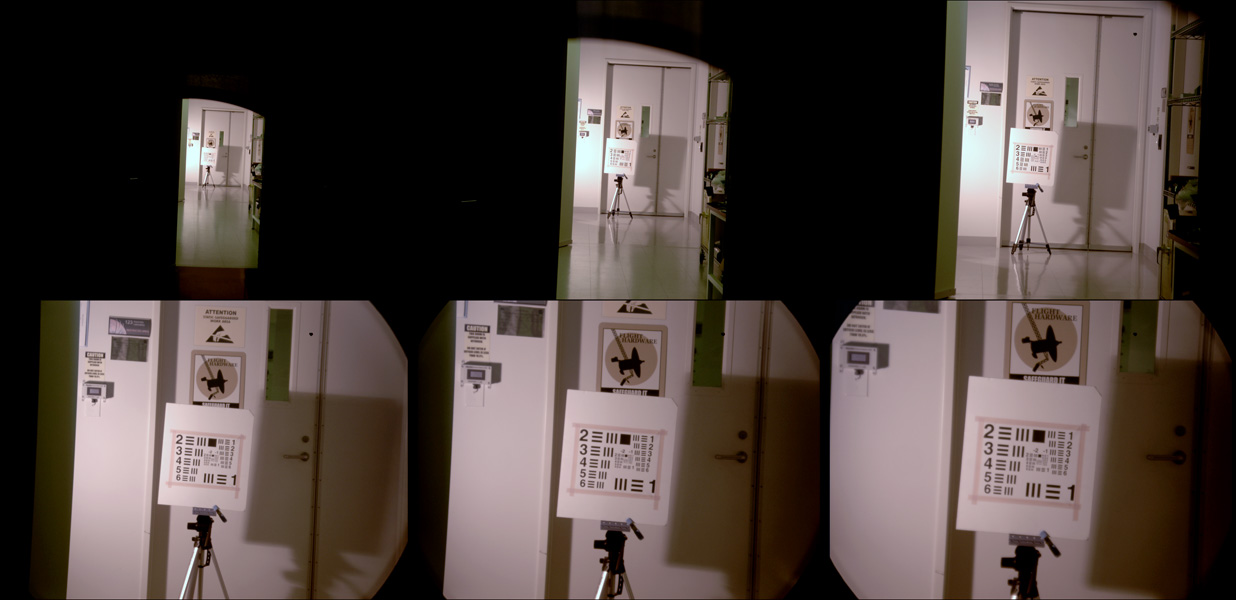MALIN SPACE SCIENCE SYSTEMS, INC.
SAN DIEGO, CA 92191-0148
TELEPHONE: (858) 552-2650, EXT. 500
http://www.msss.com/
Contact: Michael Ravine, ravine@msss.com
FOR IMMEDIATE RELEASE: 25 March 2011
NASA HALTS WORK ON ZOOM MASTCAMS
At the direction of NASA, Malin Space Science Systems (MSSS) has halted work on the zoom Mastcams it had hoped could replace the fixed-focal-length (FFL) systems now installed on “Curiosity,” the Mars Science Laboratory rover. Although development of the new instruments was in the final stages, insufficient time remained to complete the units and integrate them with the rover in time for its scheduled launch in November 2011.
Originally, the zoom Mastcams were to be delivered to JPL in December 2010, so they could participate in the rover environmental testing, including the System Thermal Test (STT), a two-week simulation of the rover’s operation on the red planet. MSSS and MacDonald Dettweiler and Associates (MDA) engineers worked long hours over the last several months of 2010 in an effort to complete the systems in time, but encountered a number of technical problems. While such problems are typical with spaceflight hardware, in aerospace parlance the zoom schedule was “success-oriented,” and allowed for few deviations.
Despite the problems, by 1 January MSSS had assembled three zoom flight units (two for flight and one “Life Test Unit,” or LTU, and began testing them (see Figure 1). Unfortunately their optical performance, while reasonable over most of their zoom range, was not as good at 100mm as the FFL system’s. “In some respects we were the victims of our own success with the FFL cameras,” said Mike Caplinger, systems engineer for the project. “The zooms worked, they just didn’t work quite as well at the longer focal lengths as what we already have.” (The FFL systems were themselves developed from scratch on a tight 18-month schedule following the original cancellation of the zooms in 2007.)
“We originally understood the optics had to be aligned to very tight tolerances to meet our performance targets,” said Mike Ravine, the Mastcam project manager at MSSS. “And we met or exceeded those tolerances, despite the many challenges we encountered over the last year.” But subsequent optical analysis of images taken with the zooms showed that minor changes to some dimensions would be required to reach the full potential of the systems, largely due to unexpected and extremely small variations in piece-part fabrication. “At the end of the day there just wasn’t enough time to disassemble the units, make the changes, put them back together, and get the instruments to JPL in time.”
There were also problems encountered with the instrument’s mechanisms, which are driven by small stepper motors and have to work over the extreme temperature ranges expected on the martian surface. But by mid-March, those issues had been resolved, and the LTU had successfully completed two Mars years of simulated operations.
While the loss of the zooms is disappointing, the fixed-focal Mastcams performed well during rover System Thermal Test. Figure 2 shows the fixed-focal length Mastcams at the top of remote sensing mast on Curiosity. “Although we are very disappointed that the zoom cameras will not fly, we expect the fixed focal length cameras to achieve all of the primary science objectives of the Mastcam investigation,” said Principal Investigator Michael Malin.
MSSS will continue to pursue the development of these zoom systems, both to prove out the design and to make the hardware available for possible use on future missions. “While Curiosity won’t benefit from the 3D motion imaging that the zooms enable, I’m certain that this technology will play an important role in future missions,” said Mastcam Co-Investigator James Cameron. “In the meantime, we’re certainly going to make the most of our cameras that are working so well on Curiosity right now.”
« Back to News Index














 Copyright 2023 All rights reserved.
Copyright 2023 All rights reserved.